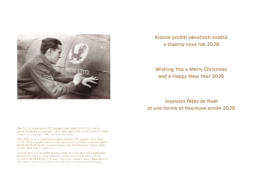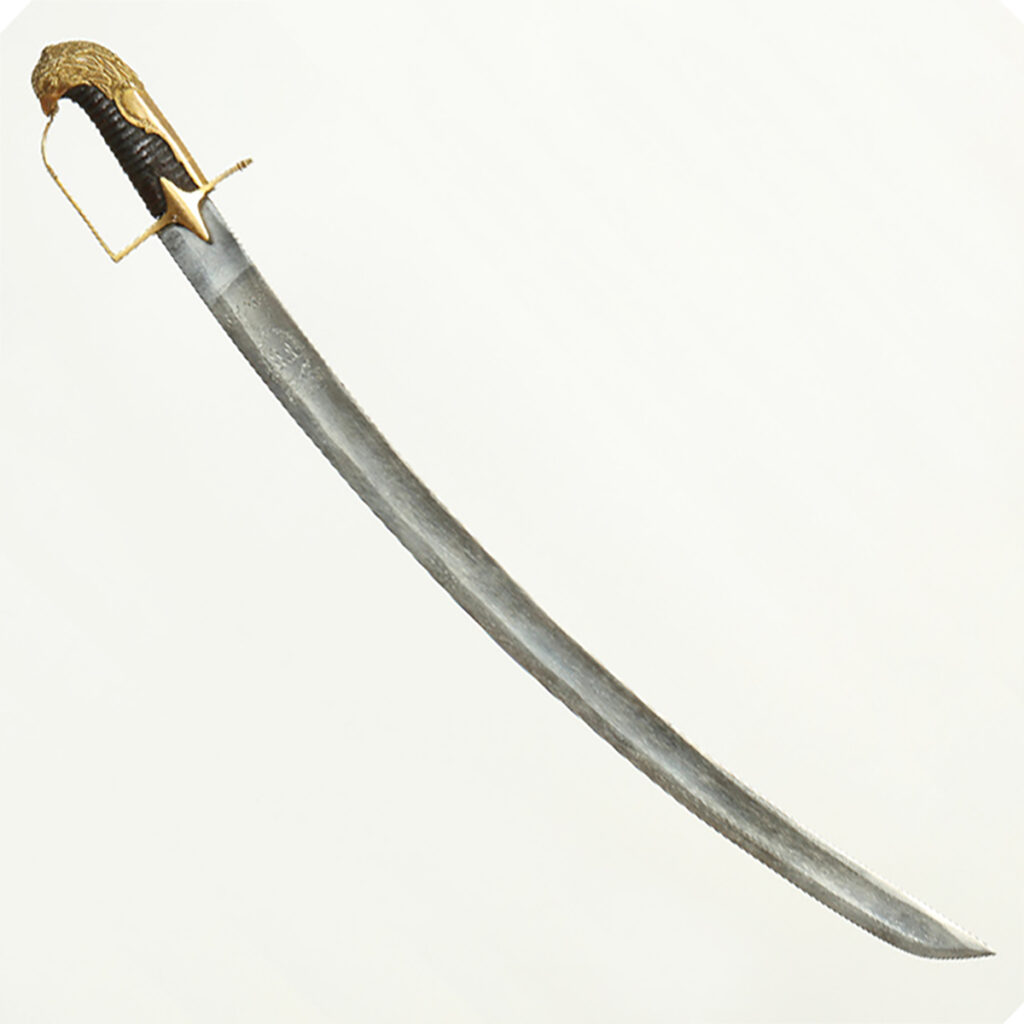
02 Austrian Infantry Sabre used by Officers of Czech Volunteer Legion of Archduke Charles, 1800−1801
Fotogalerie
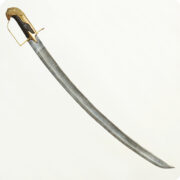
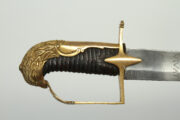

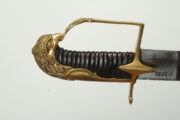
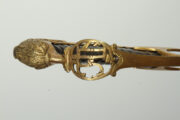
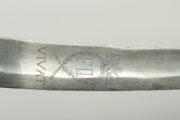
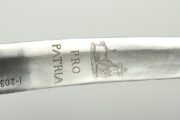
The younger brother of Emperor Franz II, Archduke Charles Louis (1771–1847), was one of the most important military leaders and reformers in the history of the Habsburg monarchy. As commander-in-chief of the Austrian army, he is also associated with the first major victory over Napoleon at Aspern in May 1809.
In December 1797, Archduke Charles was appointed governor and captain-general of the Kingdom of Bohemia. In Prague, he then began immediate negotiations to reorganise the army, as the combat events of the last decade had revealed a number of its serious deficiencies in the equipment, tactics and concept of the various types of its troops. His first assignment in Prague was soon interrupted when he was appointed commander-in-chief of the army in Germany. After the victory on the German battlefield, he returned to Bohemia, this time as governor-general. By the autumn of 1800, it was clear that the brief period of peace came to an end and the war with France would soon begin a new chapter. The Archduke Charles, who was to take the lead of the Austrian army, was called upon by the Emperor to defend Bohemia by establishing a legion of volunteers, which would bear Charles’ name and replace the army. On 17 October 1800, Archduke Charles founded the Czech-Moravian-Silesian Legion of Archduke Charles (Arcyknjžete Karla Czeský-Morawský-a Slezský Wýbor). It was to recruit up to a total of 20 000 volunteers and consist of 20 battalions – 12 in Bohemia and 8 in Moravia and Silesia. These battalions were meant only to react to the threats to the country and they were to be dissolved once the lands were safe. Although the legion was built in record time, which was certainly helped by a wave of enthusiasm spreading among the recruited volunteers caused by Charles’s great popularity with the Czech population, it was never deployed in combat and was disbanded as soon as 1801.
The sabre has a curved, single-edged blade with wide fuller on both sides, a false edge and a back point. The upper part of the blade has decorative engravings – on the inner side a reclining lion with a crown and the inscription “PRO PATRIA”; on the outer side under the crown a laurel wreath with the monogram “FII” (Roman Emperor Francis II) and the inscription “VIVAT”.
The wooden grip is covered with leather. The brass hilt has a head shaped like an eagle’s head and a straight crossguard.
The leather scabbard has brass fittings.
Length 890 mm, blade length 747 mm, blade width 43 mm, weight 812 g.
Aktuálně
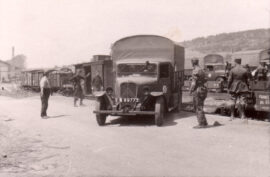
Oceňovaní spojenci - Pozemní útvary československé branné moci v bitvě o Francii očima francouzského velení

Vánoce a přelom roku v zahraniční misi na Slovensku v roce 2022

Prosinec 1944 – oficiální vydání prvních poštovních známek osvobozeného Československa


